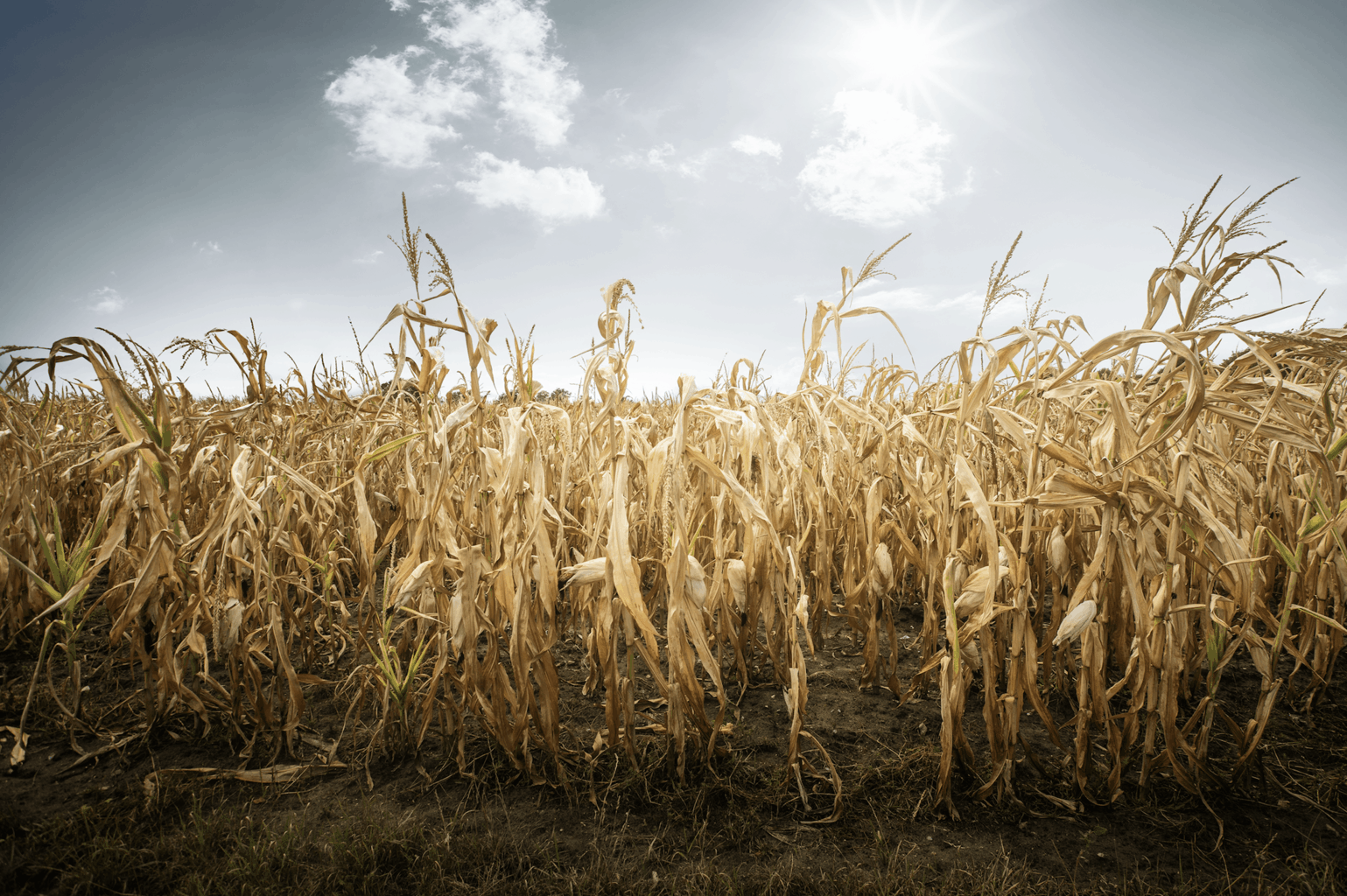10 Organizations Fighting Climate Change With Food Biology Diagrams The predicted alterations in global climate provide opportunities and challenges for society and the economy. Designing effective strategies to solve climate change issues represents a vast opportunity (Allison et al., 2009).A better comprehension of the climate change-related elements influencing the food supply chain's susceptibility is vital to lower the risks of food and nutrition

Climate change makes feedstock for cattle, pigs, and chickens harder to grow. According to a recent study, every 1ºC increase slows growth by 7%. Much of that feedstock is corn, and climate change is driving lower corn yields. Indeed, one report forecasts a 20-40% decline in US corn belt production from 1991-2000 levels by 2046-2055.

The Shocking Ways Climate Change Is Affecting Food Supply Chains Biology Diagrams
New Delhi: "Climate change is putting food safety at risk and action is needed to prepare the food system for the challenges ahead," according to the UN's Food and Agriculture Organisation (FAO). A recent FAO study, 'Climate change: Unpacking the burden on food safety,' highlights that climate change is threatening the safety of food - sourced from both land and sea, and outlines

Climate change poses significant challenges to global food supply chains, impacting various facets of production, distribution, and consumption.

How Does Climate Change Affect The Food Chain? Biology Diagrams
Climate change threatens food production at large. Agri-commodities are produced and traded on a massive scale, though production is concentrated in key geographies. Extreme weather during critical periods of the growing season causes far-reaching disruptions and climate change increases the frequency and severity of extreme weather events. The future of food supply chains in the face of climate change is uncertain, but not without hope. By embracing innovation, fostering collaboration, and prioritizing sustainability, the global Here, is the basal species' mass and temperature-specific maximum growth rate, is the basal species' logistic growth term and is its population biomass density. The functional responses and describe the feeding dynamics of the feeding links in the food chain. The assimilation efficiencies (efficiency of conversion of prey biomass into predator biomass), and , are both set to 0.85 because both
